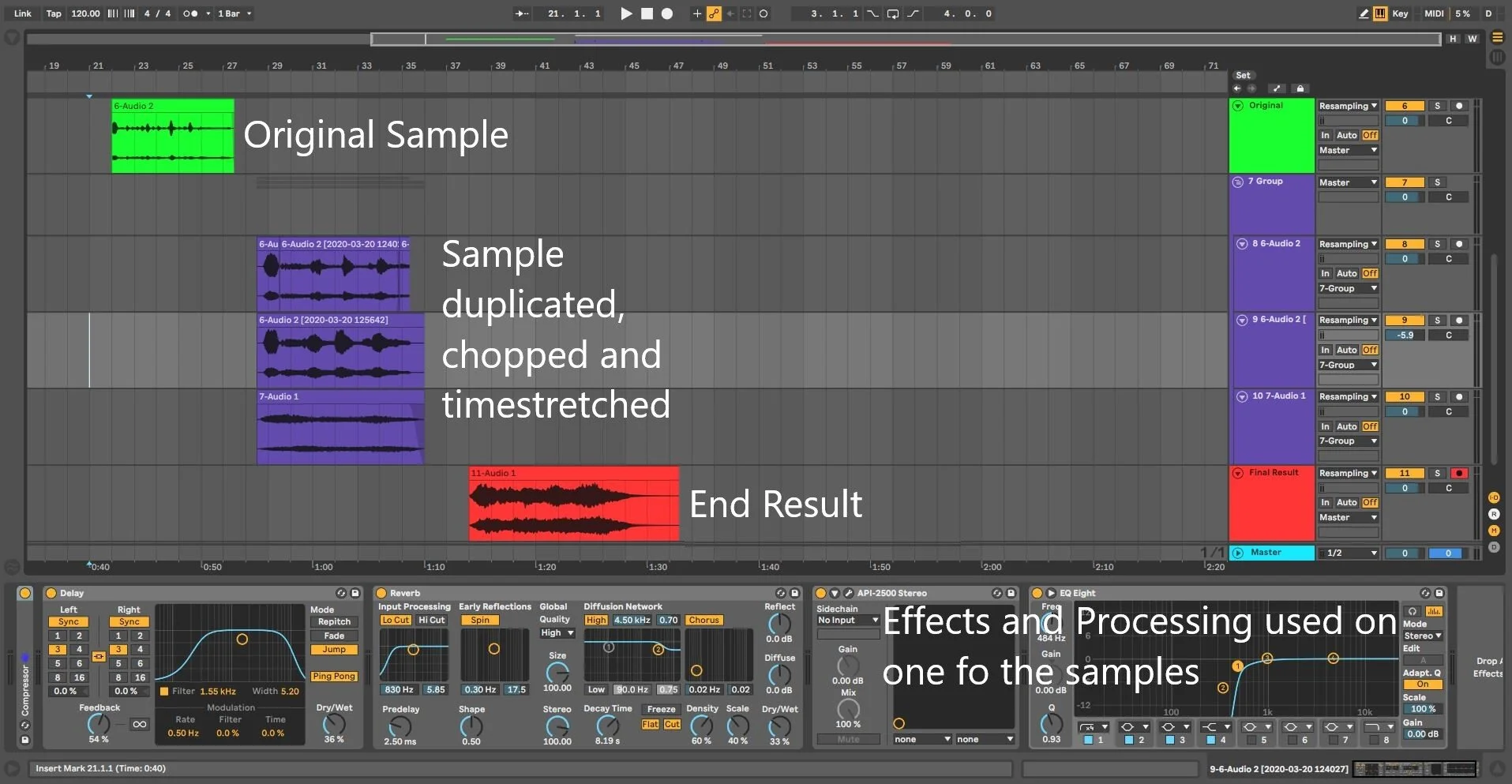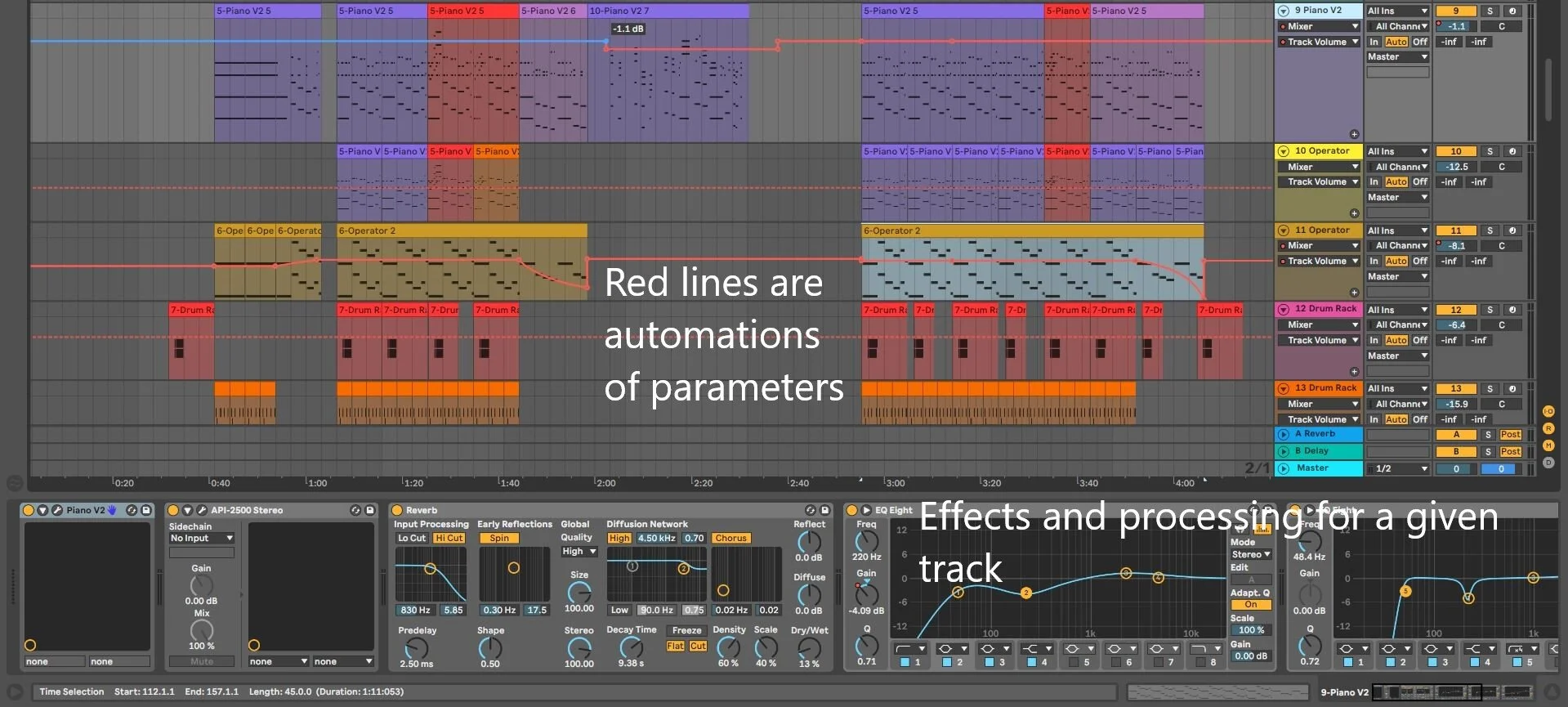Creating the post-apocalyptic soundscape for Broken Roads
Queensland-based composer Tim Sunderland, Audio Lead on Broken Roads, has been a muso for 23 years, having started on the drums at 10 and expanding from there. He’s been playing games since the early nineties, with his first gaming memories being on the Commodore 64 with the likes of Frogger, Bards Tale and R-Type. Here Tim talks us through the process of recording sounds through to getting them in-game.
What is a field recorder? Why can't you just use your phone to record some sounds?
Tim: Phones are good in a pinch, but you have to do a lot more post production to get a clean sound. The microphones and pre-amps in field recorders are far superior in sound quality, not to mention mic. sensitivity control.
You might want to record doors opening and closing in your house, but not necessarily the dog barking across the road, having that little extra bit of control goes a long way. They're also designed to capture a stereo field well, which we don't often think about but really becomes apparent once you have headphones on and sensitivity up.
How do you go from hearing something to coming up with an entirely novel use for it?
Tim: A lot of it is trial and error, recording something random, experimenting, getting a completely different result to what you wanted but learning from it so you can remember how to replicate something similar in the future. After doing that for a number of years you start to tune your ear to hear what "could be" in a sound, rather than what actually is. But the key is to take the time to experiment, with enough effort you can get any sound to sound like most anything.
For example in the trailer to achieve the physical impact of striking a character with a cricket bat i used a combination of 3 sounds, biting into an apple, scrunching a Styrofoam noodle cup and slapping a 1kg bag of flour, then pitch shifting and a little processing to make it gel together. Having said that, you're always much better off finding a source that's already close to what you want, no need to over complicate things unless you really just like slapping bags of flour, then slap away.
At first I really struggled to think of what sounds would be in a Post-apoc world, but then I thought why not write the soundtrack and SFX from the perspective of an unhinged musician, living alone in a shack with minimal equipment in the middle of nowhere. Those limitations and a slightly "off" mindset have helped shape the soundscape into something that feels both natural and unnatural at times.
You don't only use the sounds as sounds, but also you've started using them as... well not quite instruments, but using the samples in the soundtrack, to the point they're unrecognisable from their source, and doing something entirely unique as a result. Tell us a bit about that please.
Tim: Sound is just cycles of waves, of different shapes and sizes. Everyone is probably familiar with what a Sine Wave looks like, nice smooth falls/crests and has a very pure, soft tone, similar to that of a flute. That sound is just a cycle of those similarly shaped repeated many times a second. So doing that process in reverse, I record something, anything, it could be a bird chirp or a spoon falling on the floor.
Then I sample as few or as many cycles of a particular section of that wave form I like which then lets me play that totally unique sound back as an instrument. It's by no means a new technique, but a lot of people don't realise the power of sampling, especially when trying to come up with rich evolving textured synths. This sounds so much more organic because the original source could have been a cat meowing or a glass breaking for example. I've even re-sampled my own instruments and small ones I’ve built from scratch, just to give them a completely different feel and sound characteristic.
A classic example in the Broken Roads soundtrack is a track called "Coke Bottle Flute" it's a dark ambient track that is based around an instrument i made by recording myself blowing over the top of an empty Coke bottle, correcting that pitch to the closest note that it naturally produced and then using the method above to create a "Flute" sounding playable instrument which is both very convincing and unique at the same time, all from a couple seconds of breath over a plastic bottle.
What tools (software and hardware) do you use?
Tim: As my DAW (digital audio workstation) I use Ableton, it's perfect for everything I do, from recording and sound design to performing and DJ sets there's not much it can't do when used right. I also use a whole heap of plugins modelled off vintage analogue hardware and synth's to try add a bit of life and character back into the digital world. In terms of keyboard and midi control I use a Roland A 800 Pro, it's 61 key range is plenty to perform with but not too big to fit on a desk, it also has plenty of knobs and sliders for midi control (controlling parameters within Ableton) which is a must for expressive playing.
I use a Focusrite 2i4 Soundcard which is great space wise, enough inputs to at least record a stereo signal and doesn't break the budget. Latency is an issue with MOBO audio processing, so I’d always recommend using a standalone soundcard which can bring the latency down to virtually zero. Because microphones and instruments are generally low gain you need the help of the onboard preamps to boost the signal to an acceptable level while recording, every type of preamp gives a signal a little bit of "colour" and I really like what the 2i4 does for that.
For listening I use the Yamaha HS8 monitors, personally I don't like using a separate Sub because I feel that it can trick your ears into thinking you have too much or too little Bass in mixdown so the 8inch speakers in the HS8's are a perfect all-rounder. For field recording I use the Zoom H4n Pro, great preamps/microphone, easy to use and at a reasonable price. Speaking of Microphones, we could talk about which one to use for what purpose until the camels come home but i find limiting yourself to one or two can be a great way to A.
Not get lost in a sea of hardware which can be overwhelming and B. Force you to come up with creative ways to get a desired sound out of that particular Mic. so as well as the Zoom i use the EV Re320 Dynamic, it was recommended to me by an audio engineer with 30+ years of experience and I find it to be the perfect all-round Mic. whether it be for vocals or instrument.
My main guitar is my 13 year old Maton Acoustic EM225C (Australian Made) it's tone and colour change as the seasons roll by. I also have a couple of Ibanez electrics (including Fieldy from Korn's signature Bass) A few homemade instruments such as a bamboo flute, some percussive/tonal knick-knacks and I'm currently finishing off a winebox/guitar/electric noise generator thing which will be great for generating atmosphere.
Can you show us some before, middle and end results of, say, bird calls or wind or something that you have used in this way?
Tim: So I recorded this clip early in the morning by the lagoon at my local gardens. With a bit of pitch shifting, EQing, time stretching and effects you end up with something that sounds like the backdrop for a dark, rotting place, designed by death and crawling with all kinds of horrors... all that from a few birds having a chat.
Check out what they end up sounding like:
Let's take when you made the ‘Cameltrot’ track as an example. Can you describe the process behind that?
Tim: With Cameltrot, I started on the Piano and borrowed some of the melodies from the Main theme called "Remember Us" (which you can hear in the trailer) to help with continuity. Once I was happy with the overall melodies I recorded them into Ableton as midi clips and began to expand and layer instruments. As you can see below I have three separate strings tracks, all with a specific sound/playing style. The beauty of midi is that it tells the program what notes to play, when and how to play them. That data can then be shared over multiple instruments and adjusted as needed.
I then start arranging the track, where the highs and lows should be. For example down below you can see some empty space both at the start and middle of the track, which shows where I have added or omitted percussion and other busy instruments. If something is feeling too stale or rigid I’ll use automation, to give it a bit more life, this tells any given parameter what to do and when. As you can see I have the Piano track selected and within that track is various effects like Compression, Reverb and an EQ Eight, which are there to add character and sculpt the sound so that they all play nice together.
From there it's just a matter of finalising the arrangement, resampling any audio within the project i want to work on as a WAV file rather than midi and doing a medium mix of all the tracks to get them sitting in their correct frequency ranges/volumes as to not compete with each other. Below you can see some percussion I recorded, chopped and glued back together to get the desired sound. Finally i export everything out as stems, individual or instrument group WAV files for Final mixing and Mastering.
You can listen to the finished track here:
How has it been working on Broken Roads so far, what have you learned along the way - and finally, what are you most looking forward to?
Tim: Working on Broken Roads has been an eye opener into the world of Game Development. I'm not just writing music for the sake of listening but rather to compliment the environment/events happening around the player.
There's been several times that I've had to be reminded of or ask myself "Does this sound or piece of music suit the situation the player is in? Does this distract from the players experience or amplify it? Am I considering the big picture or just getting lost in my own preference of music?"
Writing music has always been such a personal experience, but now I'm thinking about all these other variables, which honestly just makes the task all the more fun. The artwork and stories my teammates are creating have been a big inspiration both professionally and personally.
As a newcomer to the industry it's pretty surreal watching this all come together. I'm looking forward to the finished product, hearing what the fans have to say and hopefully I will have done my part to represent Australia and inspire someone along the way.





